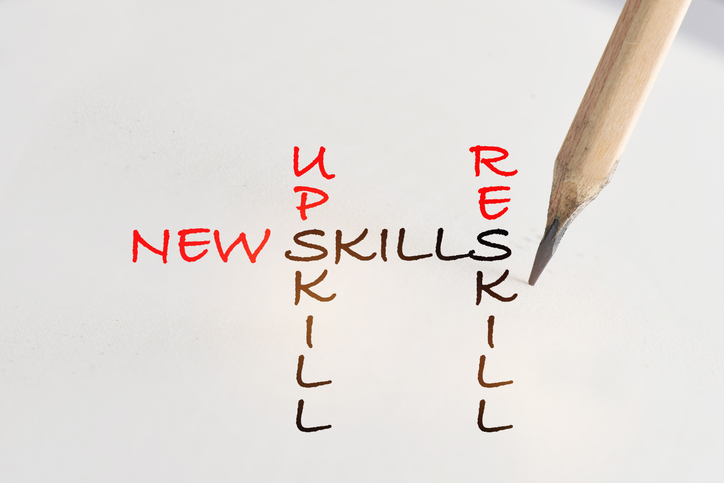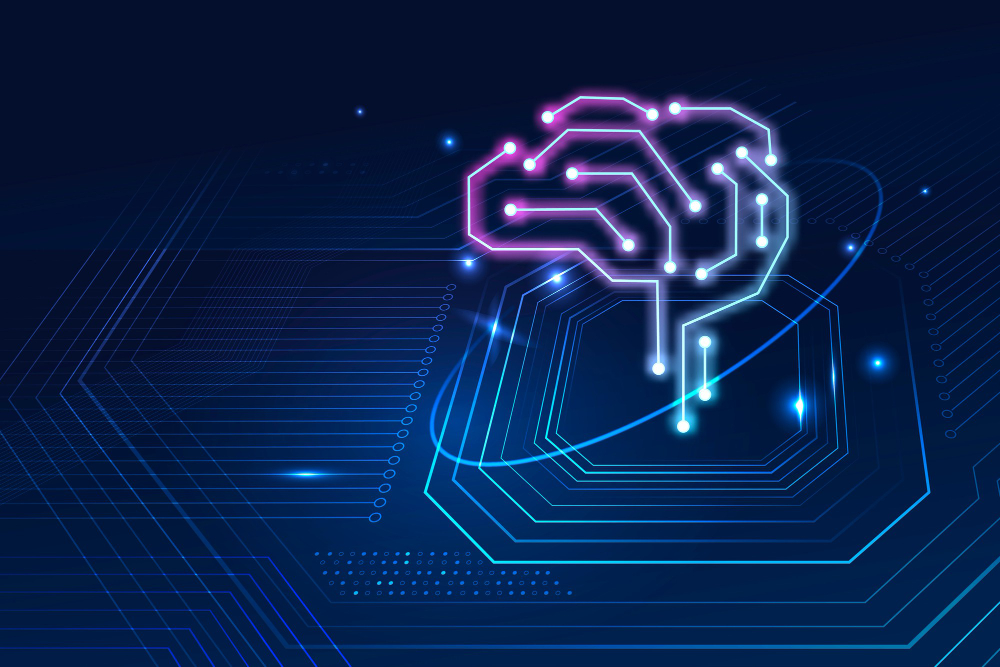Vacancies for graduates, apprentices, and junior roles have dropped by more than 30 per cent since ChatGPT launched. Some might jump to the conclusion that AI is simply replacing people. The reality, however, is more nuanced and far less bleak. What we’re seeing is a failure by many businesses to rethink how roles and skill sets need to evolve in a world increasingly shaped by artificial intelligence.
This isn’t just a problem for big corporates. For growing businesses and entrepreneurs, it raises a key strategic question: if the shelf life of skills is shrinking, how do you design roles and talent strategies that can flex and thrive over time?
The good news is future-ready roles aren’t out of reach, but they require a different approach to hiring, learning, and AI adoption from day one.
From static jobs to dynamic careers
Entry-level jobs aren’t disappearing; instead, the frameworks around those jobs have become outdated. Traditional career paths, once based on time-served progression and fixed skill sets, no longer fit the demands of a fast-changing workplace. The shelf life of workplace skills is now less than four years and shrinking, making the old model of mastering a role and then maintaining that expertise unsustainable.
Businesses must move away from static job design toward more dynamic models that foster adaptability, creativity, and continuous learning. For entrepreneurs, that means designing junior roles as springboards for developing transferable, digitally fluent skills that respond to change and equip people to evolve alongside the business.
Without future-ready entry points, companies risk creating a talent vacuum, where young workers struggle to find meaningful opportunities and businesses lose vital pipelines for innovation and growth.
Reframe AI as an opportunity, not a threat
AI is often seen as a threat to junior roles because it automates routine tasks once considered the backbone of entry-level jobs. But the application of AI and automation shouldn’t be mistaken for elimination. Instead, technology can be used to augment human capability, freeing junior employees from mundane work and allowing them to focus on higher-value contributions.
For business leaders, this means redesigning roles to blend human judgment with AI-powered efficiency. Done right, this approach can increase productivity, engage junior staff, and set a foundation for long-term talent development.
Get AI adoption right, from the bottom up
One common stumbling block is how AI is introduced into a business. Too often, AI strategies are rolled out top-down, without input from the employees closest to the work. That can lead to unclear benefits and low engagement.
By involving junior and frontline staff in shaping how AI is used day to day, businesses can ensure it solves real problems, supports real people, and earns trust. This bottom-up approach encourages experimentation and makes AI and automation a practical productivity tool, not a distant executive decision.
Make learning part of the job
The pace of change in skill requirements is relentless. Research suggests nearly half of core skills will change within the next few years, and around 40 per cent of the workforce will need to reskill to keep up with AI and automation. Businesses that don’t invest in ongoing learning risk widening performance gaps and higher turnover. Likewise, employees who don’t own their development risk falling behind in a labour market that increasingly values adaptability.
The solution is to embed learning into everyday work, through bite-sized modules, mentorship, and cross-functional projects that can make reskilling less daunting and more integral to employee experience. Business owners should also consider systems to track and redeploy evolving skills, turning talent development into a proactive growth lever, not a reactive fix.
Avoid the trap of short-term thinking
In uncertain times, cutting junior hiring or delaying upskilling might seem sensible, but these moves often carry hidden long-term costs. Without a steady flow of new talent and a commitment to development, businesses risk stagnation and lost competitiveness.
Leadership, especially in growing businesses, must focus on the long game, understanding that sustainable success depends on cultivating skills and capabilities at all levels.
Building the workforce of the future starts now
Ultimately, the future of work will be shaped less by the tech itself and more by how well businesses integrate people and technology toward common goals. For entrepreneurs and growth-focused businesses, the takeaway is clear: build roles that are future-ready, not relics of the past. Empower employees from day one. Embed AI thoughtfully. Make learning continuous.
Do that, and you’ll not only attract better talent, you’ll build a more resilient, high-performing organisation that’s ready to compete in a changing world.
Key takeaways
- The shelf life of workplace skills is now less than four years.
- Businesses are failing to rethink how roles and skill sets need to evolve in a world increasingly shaped by artificial intelligence.
- Businesses must move away from static job design toward more dynamic models that foster adaptability, creativity, and continuous learning.
- Cutting junior hiring or delaying upskilling might seem sensible, but without a steady flow of new talent and a commitment to development, businesses risk stagnation and lost competitiveness.
- Ultimately, the future of work will be shaped less by the tech itself and more by how well businesses integrate people and technology toward common goals.
Anton Roe is the CEO of MHR.
Read more
3 key skills you’ll need to succeed in a tech start-up – Here are three key skills you’ll also need to succeed at a start-up
10 soft skills of an effective team – Mention Me’s Andy Cockburn explains why employers should look beyond technical skills to soft skills






